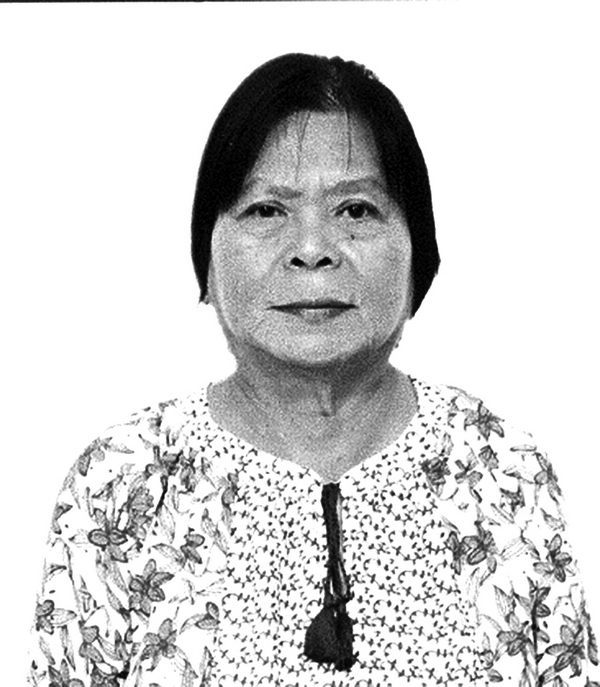A teaching seminar for educators is the latest effort of the National Commission for Culture and the Arts and through the Cebuano Studies Center of the University of San Carlos, a seminar on “Teaching Cebuano Literature” was conducted on July 16-18 at the Talamban Campus. The seminar is so timing with the urgent need to prepare and equip teachers with a rich content and methodology in teaching or integrating local history and culture. The seminar covered the Precolonial Period with Haidee Palapar as presentor, the Spanish Colonial Period with Trizer Dale Mansueto, Post World War II with Hannah Gabales, and Contemporary Period with Cindy Velasquez. The presenters used all the materials and sources available in Cebu and what a wealth of materials that needs to be used. Since the content of all four periods is so voluminous I will tackle the first two periods in this column and will tackle the last two in the next column.
Haidee Palapar starts with a preview of Precolonial Cebu, its social and political organizations, Precolonial Cebuano, Precolonial Life and Religion with rich reference to William Henry Scott’s “Barangay. In the discussion on Precolonial Cebuano Literature, Palapar focuses on precolonial Cebuano Poetry. Orality extended the main features of early poetry, conventionality, use of formalistic units, repetition and reiteration (which allows the bard to move from form / unit of verse to another as he orally constructs the poem). Everyone is a poet and what enters tradition is appropriated and shared by all, to be repeated, recast, refined or extended. There is no demarcation of boundaries. There is frequent migration of images and tropes from form to form and performance to performance.
Balak is poetry in general often for the more elevated creation; garay is more informal, less accomplished versifying. Some examples are metaphor or couplet, sanglitanan (proverbs) and tigmo (riddles); songs of various type, awit, saloma (sailor’s song). The popular forms of colloquy or wit were the balitaw (involving 2 persons) and kulilisi (involving many) which were performed for diversion or as integral part of certain social rituals like pamalaye (negotiation for a marriage).
For the Cebuano Literature during the Spanish Era (1561–1897), Trizer Mansueto starts with the shift in mentality brought about by the Spanish occupation where there was emphasis in spreading Roman Catholicism and “docility” to colonial rule. This was primarily to prevent uprisings motivated by religious nativism and this recalls the Dagohoy revolt (1724 – 1800) and Apolinario de la Cruz (1815–1841). Missionaries had to Christianize literature in order to develop good Christians so that Filipinos will not revolt against Spanish rule through the teaching of catechism and good manners by way of performances, writing or manuscripts, and printing.
In Cebu there was translation of first prayers example of which is the Hail Mary. Other works in Cebuano were prayers, dramas example is the linambay, novenas including gozos, and book of conduct. Literature in print enabled the friars to expand their work beyond the spoken word. Printing was used to evangelize. The linambay was the More-Christian conflict with romantic adventures of noble princes. Lagda was a book of conduct showing the do’s and don’ts of daily Christian behavior. Novenas and gozos were composed by missionaries to honor Jesus, Mary and the saints and done for 9 consecutive days. At the end of the daily novena, the gozo is recited or sang. There was the Daygon which was introduced in the Philippines in the 17th century and meant to bring cheers to people for the birth of the Messiah. The traditional daygon has 13 parts ranging from the marriage of Mary and Joseph to the birth of Jesus, the flight to Egypt including the meeting with Judas Iscariot, in the house of Dimas and ends interestingly with “Ang Milagro sa Pagpanglaba.”
For the activities, students are assigned to read “Alimpatar”, an example of the linambay. The extant script of “Alimpatar” owned by Manuela Sarmiento vda de Osmeña of Carcar. An assignment on a modern adaptation (writing and performing) of “Alimpatar” poses a challenge and adventure to students and the teacher prepares the rubric for rating the performance.
(To be continued)
Disclaimer: The comments uploaded on this site do not necessarily represent or reflect the views of management and owner of Cebudailynews. We reserve the right to exclude comments that we deem to be inconsistent with our editorial standards.

